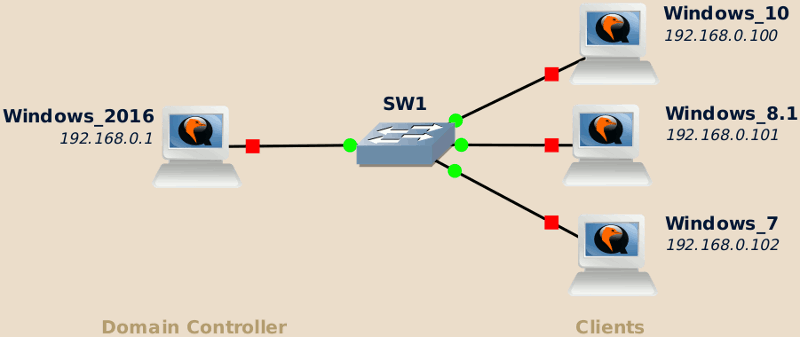NTP allows to synchronize the clock of various devices to a common reference.
In this how-to, we will configure a Windows Server as a NTP server and a Cisco IOS-based router to act as a NTP client. We will also see how to configure the router so it can itself serve as server to other devices, thus acting as an NTP relay.

Windows (NTP server)
Windows does not ship with any NTP server by default. In fact, Windows’ W32Time service implements SNTP instead, which is not compatible with NTP clients (see here).
Meinberg NTP is a commonly used alternative to get a proper NTP server on Windows, and is the one we will use in this how-to.
Before installing it, check that the following settings are correct:
- The IP configuration (192.168.0.100 in my case)
- Check the current time (08h15 in my case, but who cares?)
Once …


